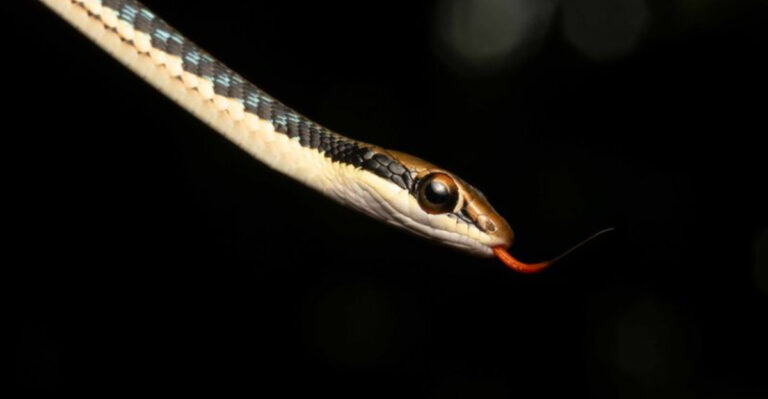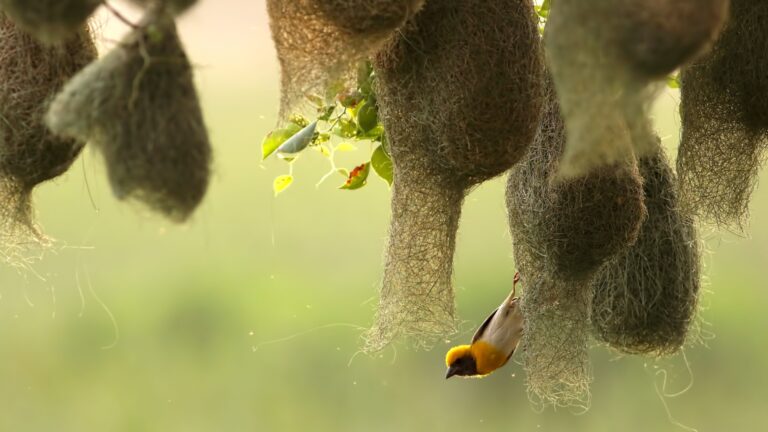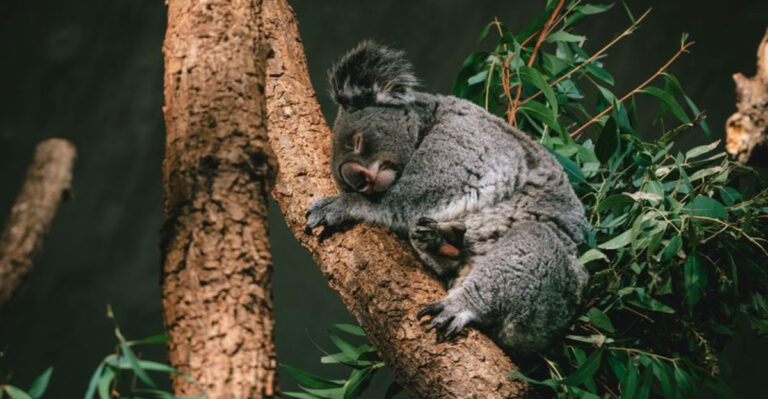18 Amazing Birds That Can Imitate Sounds Like True Mimic Masters
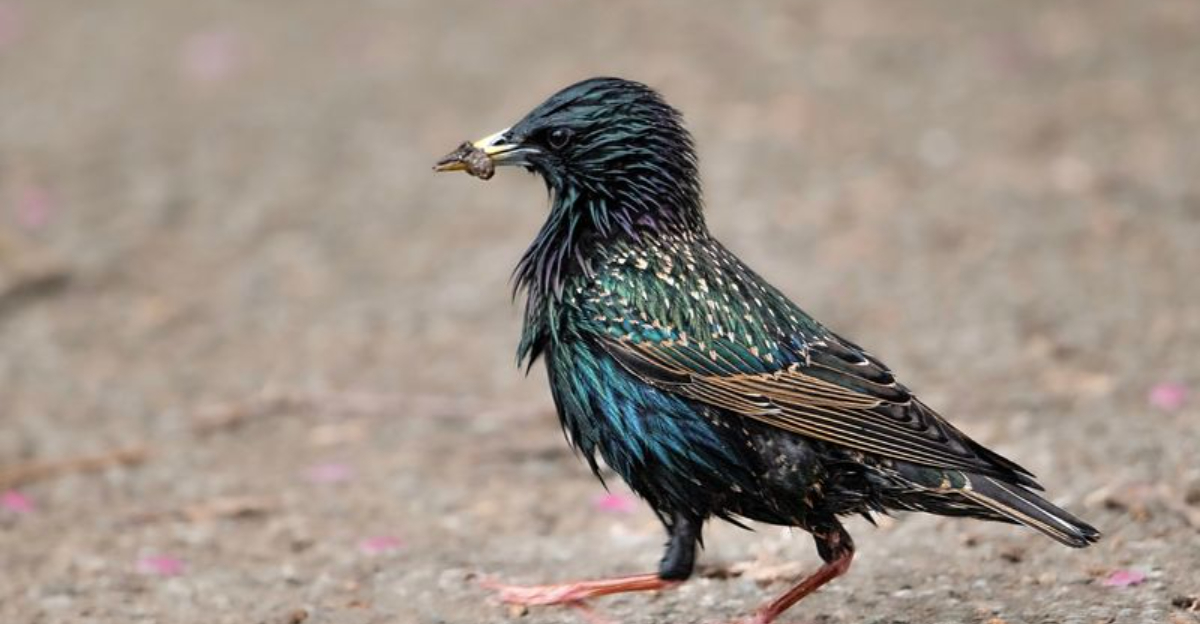
Birds have long fascinated humans with their ability to mimic sounds, and some species have honed this skill to an art form.
Mimicry in birds is not just a party trick; it can play a crucial role in their survival, social interactions, and even mating rituals. From imitating mechanical noises to copying other bird calls, these feathered mimics showcase incredible versatility and intelligence.
1. Northern Mockingbird
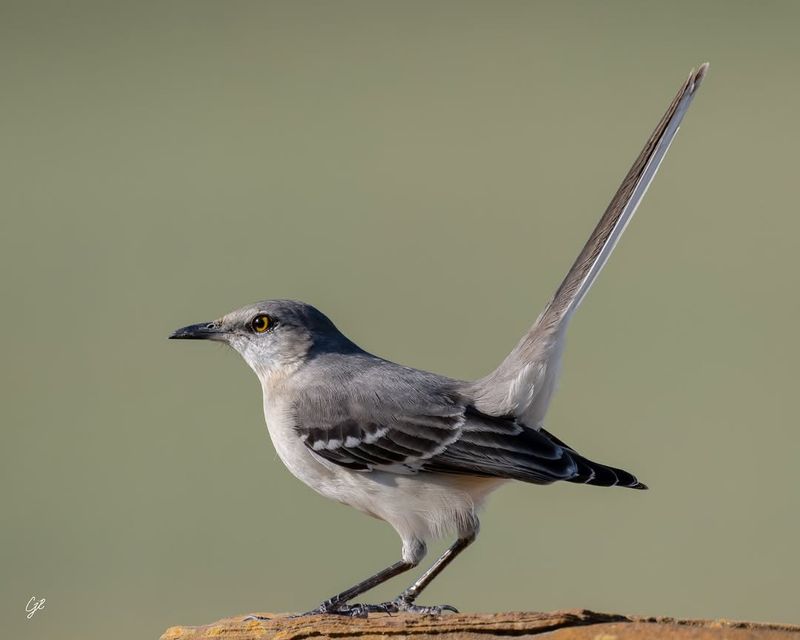
Yes—it deserves a second mention! This North American favorite is so vocal that it often sings late into the night.
It mimics everything from frogs to car alarms, constantly adding new sounds to its already impressive repertoire.
2. Amazon Yellow-Crowned Parrot
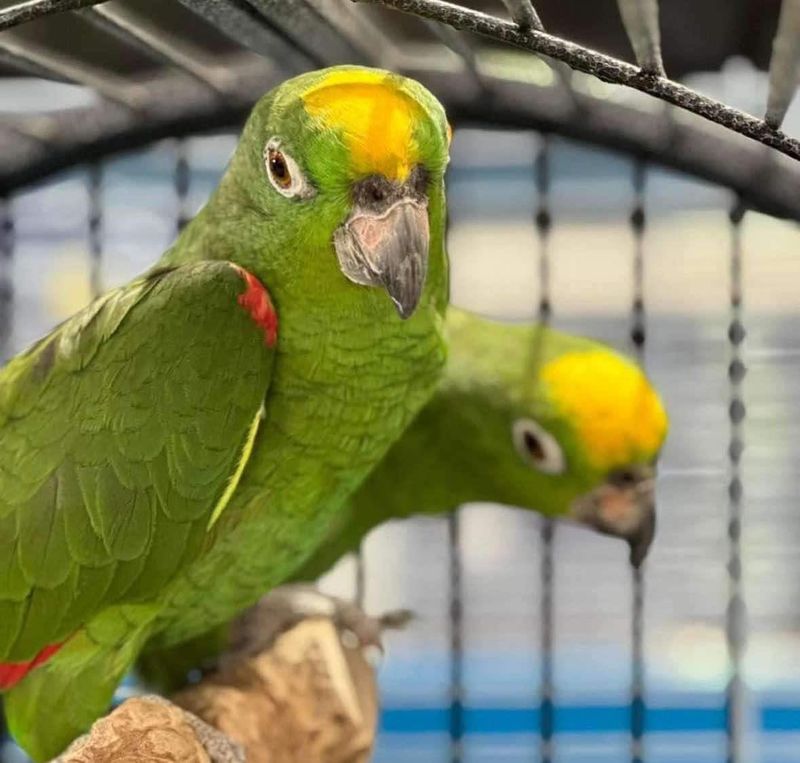
Another talking superstar, this parrot mimics human phrases and laughter with uncanny charm.
Its social, playful personality is matched by a vocal range that rivals much larger species. It’s a small bird with a big personality.
3. Lyrebird
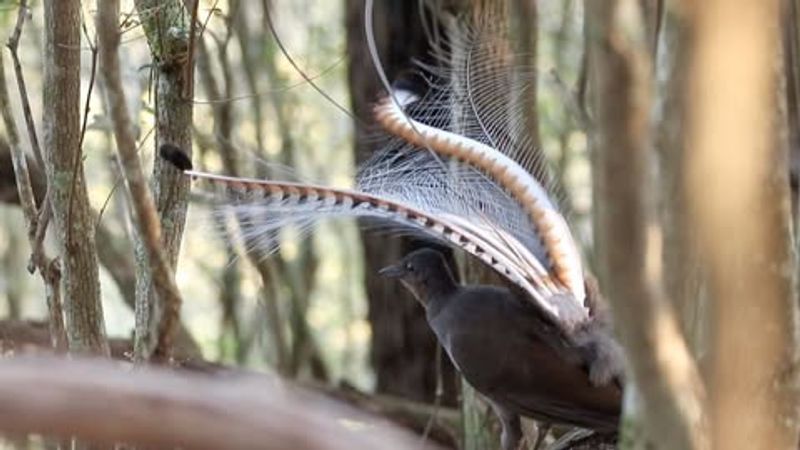
Often hailed as the world’s greatest avian mimic, the lyrebird can replicate almost any sound it hears.
From chainsaws to camera shutters to other bird calls, its vocal range is astounding. Found in Australia, this bird’s performances are both eerie and incredible.
4. African Grey Parrot
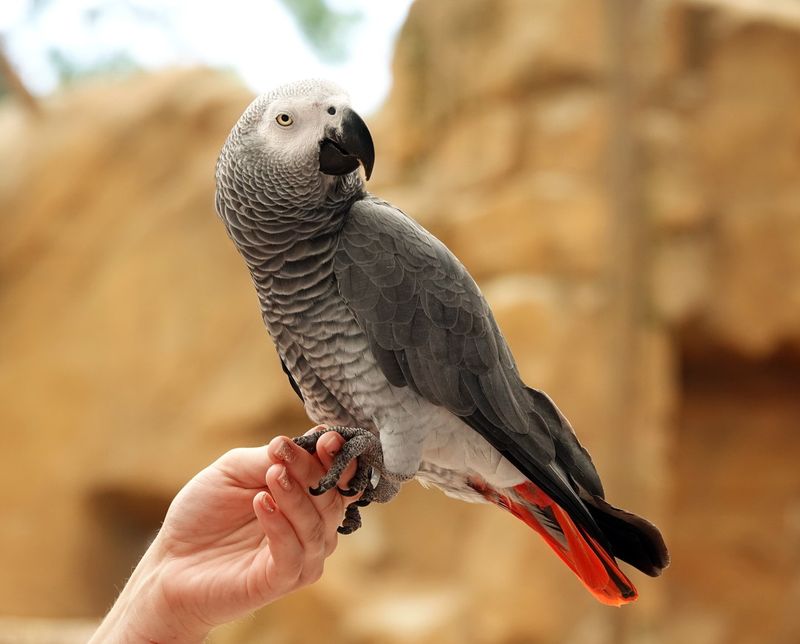
Renowned for its intelligence, the African Grey Parrot can mimic human speech with uncanny accuracy.
These parrots have been known to develop large vocabularies and even understand basic context. Their vocal talents make them popular—though demanding—companions.
5. Mockingbird
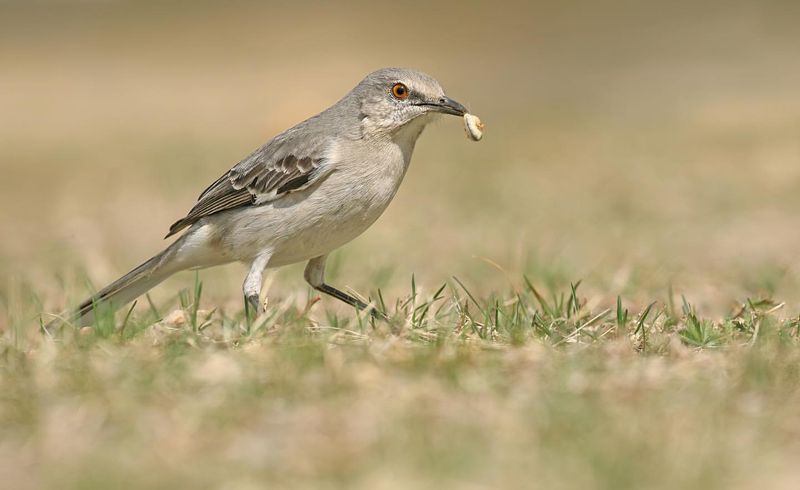
True to its name, the mockingbird can imitate dozens of other bird songs and even mechanical noises.
Its mimicry is a way of asserting dominance and defending territory. With a vast and varied playlist, this bird is nature’s own DJ.
6. Hill Myna
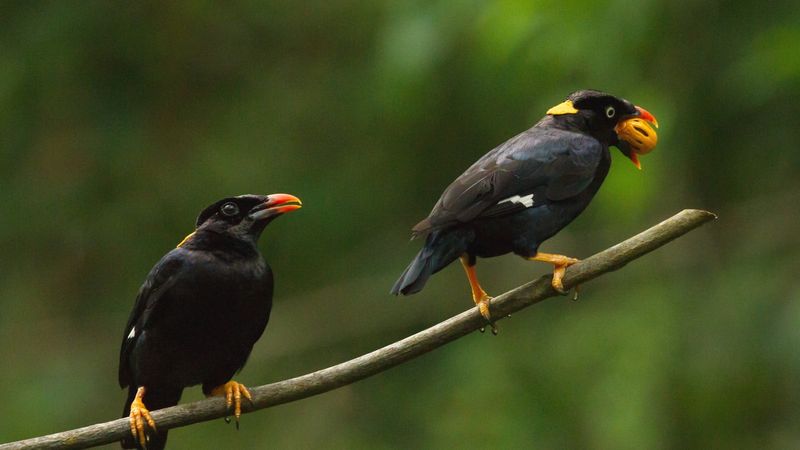
Hill Mynas are considered some of the best talking birds in the world.
They mimic human speech clearly and often with an amusing tone or inflection. Their strong, resonant calls make them entertaining and surprising vocalists.
7. European Starling
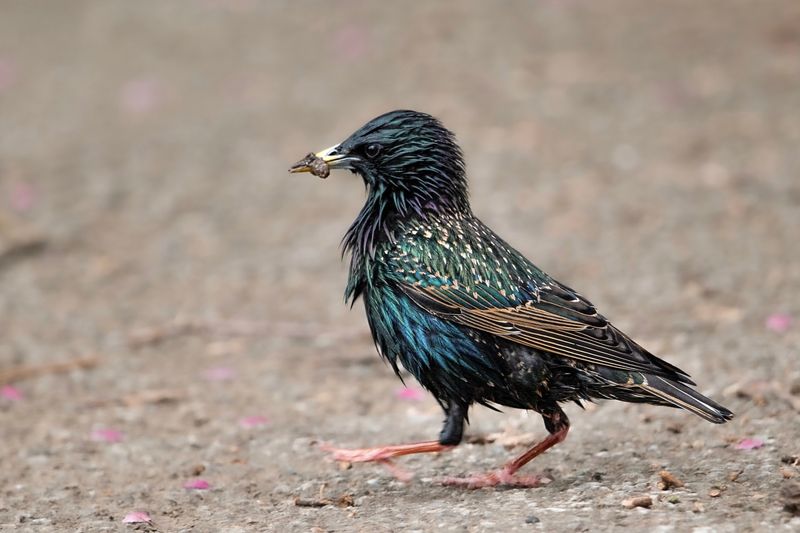
Introduced to North America, European Starlings are skilled mimics of other birds and even man-made sounds.
Males often use imitation as part of their courtship display. Their mimicry is fluid and fast-paced, adding complexity to their calls.
8. Superb Fairywren
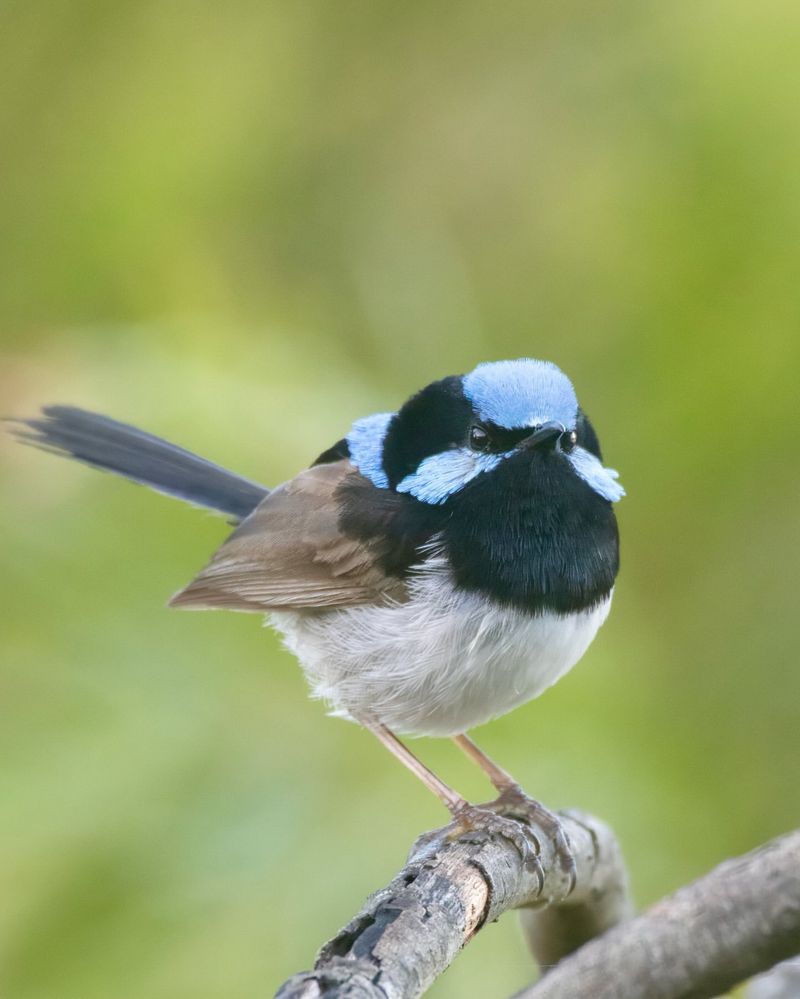
This small Australian songbird has a clever trick—it mimics predator calls to distract rivals or protect its nest.
Its mimicry may be subtle, but it serves a strategic and survival-focused purpose. Nature gave this dainty bird a crafty voice.
9. Common Raven
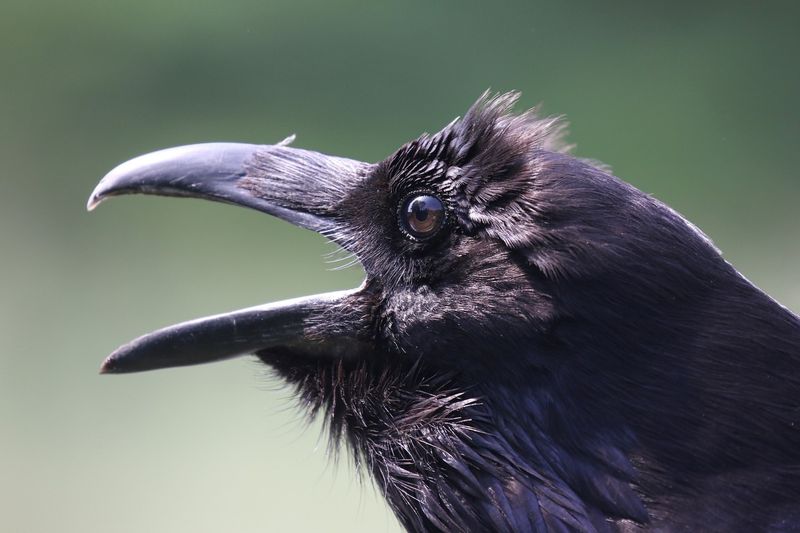
Ravens are not just smart—they’re vocal chameleons. They can mimic human voices, animal calls, and environmental sounds like car alarms.
Their complex social behaviors are reflected in their diverse and adaptable calls.
10. Brown Thrasher
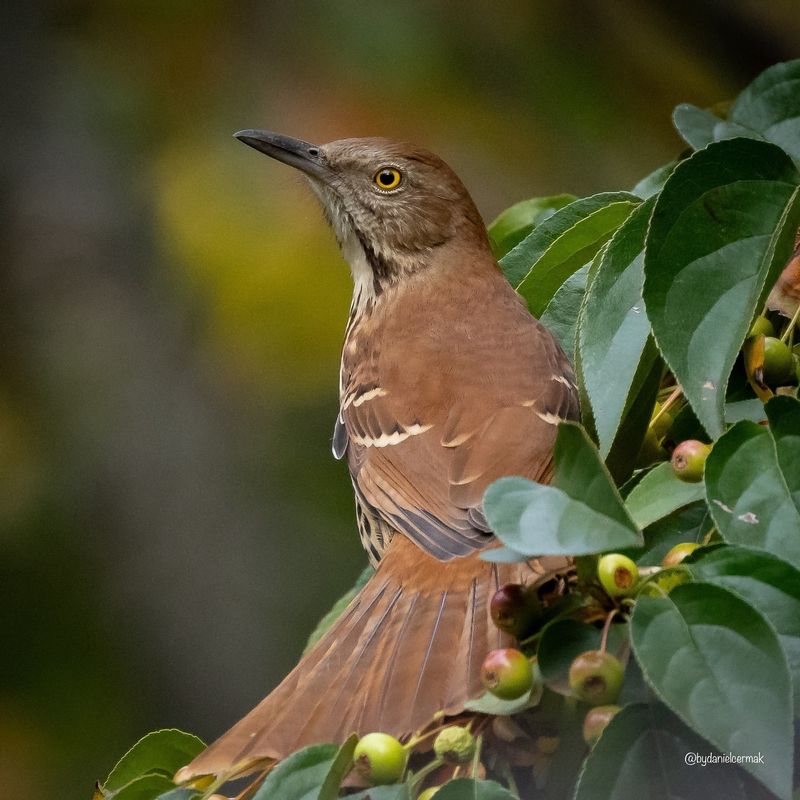
With over 1,000 song variations, the Brown Thrasher has one of the largest repertoires in the bird world.
It sings in pairs of phrases, often mimicking other birds. Its rich and varied song makes it a standout in eastern North American forests.
11. Indian Ringneck Parakeet
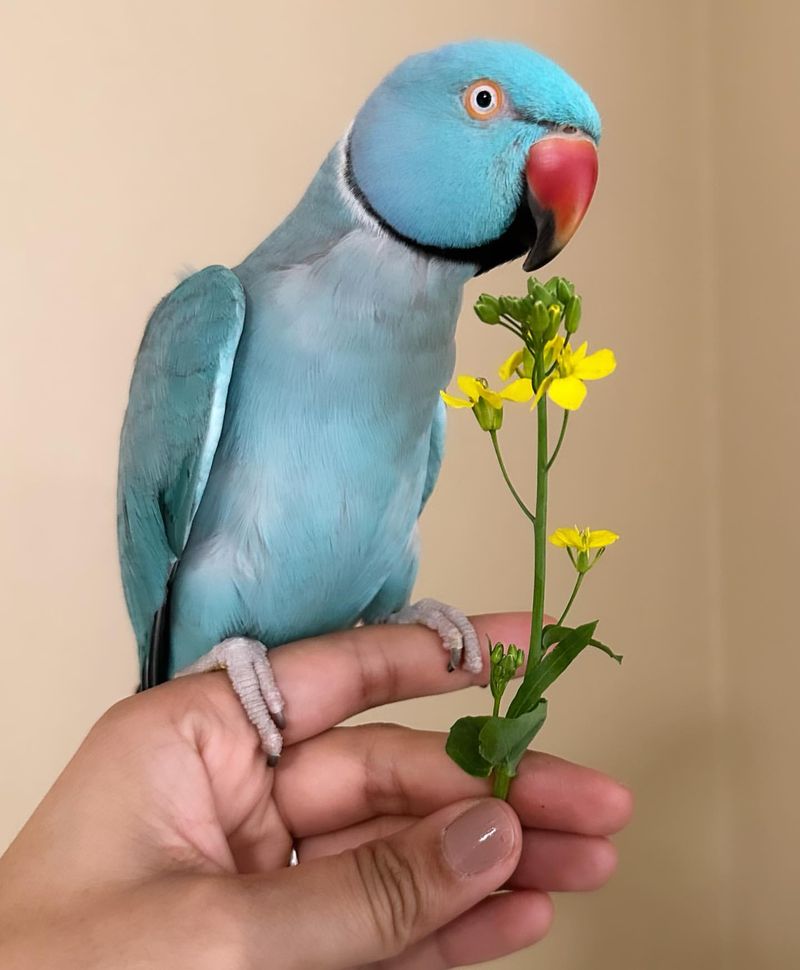
These colorful parrots are excellent talkers and sound mimics.
They pick up household noises, human words, and even laughter. Their clarity and pitch-perfect mimicry make them charming, albeit noisy, companions.
12. Budgerigar
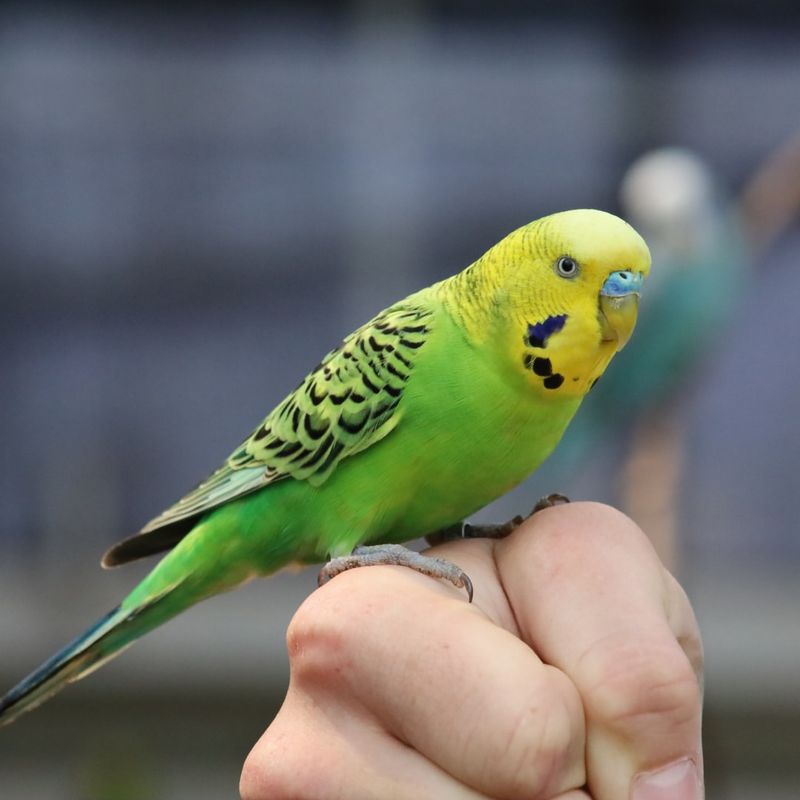
Budgies, or parakeets, are small birds with big vocal talent. Males are especially gifted at mimicking human words and whistles.
With consistent interaction, some can learn dozens of phrases and sing them with surprising clarity.
13. Spotted Bowerbird
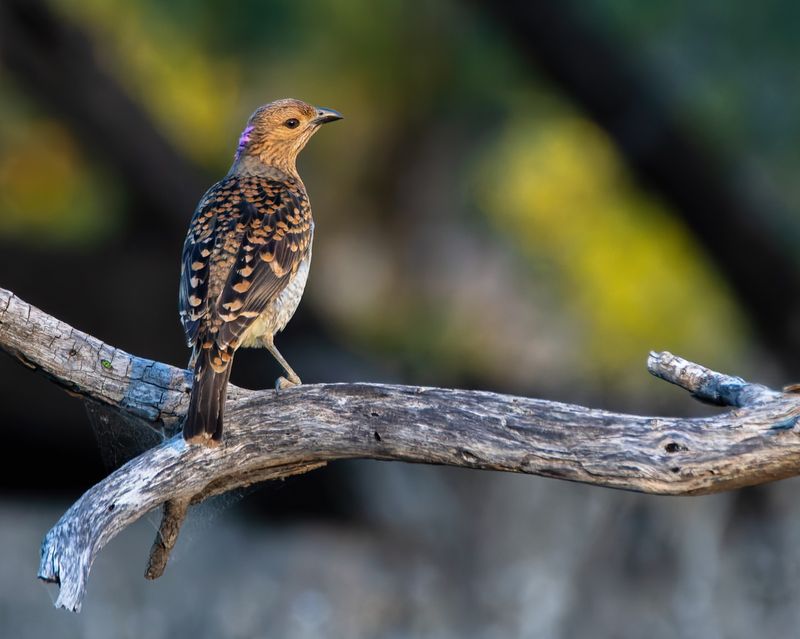
Known for building elaborate structures to impress mates, the Spotted Bowerbird also uses vocal mimicry in its courtship routine.
It replicates other bird calls and even environmental sounds to stand out. These birds are both architects and acoustic artists.
14. Yellow-naped Amazon
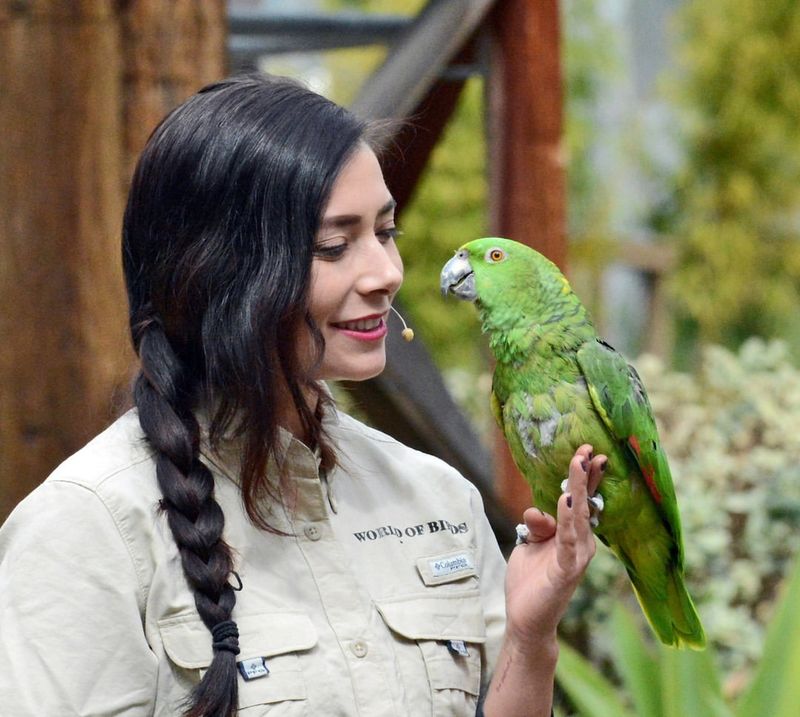
Highly intelligent and social, the Yellow-naped Amazon parrot is one of the best speakers in the parrot world.
Their ability to mimic tone and emotion makes their speech eerily lifelike. They thrive on interaction and love to “chat.”
15. Eastern Whipbird
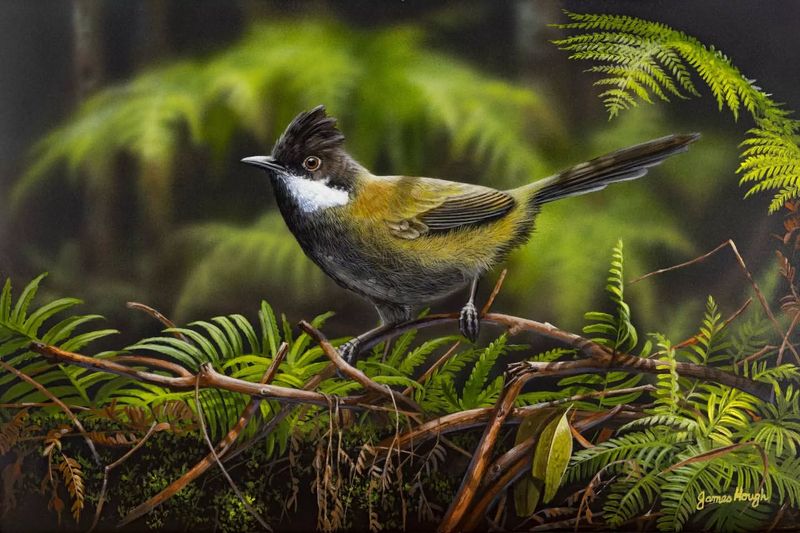
Famous for its piercing “whip-crack” call, the Eastern Whipbird also mimics other local birds and sounds.
Its duet with a partner is a signature tune in Australian forests. Though shy, its voice is bold and unmistakable.
16. Greater Racket-tailed Drongo
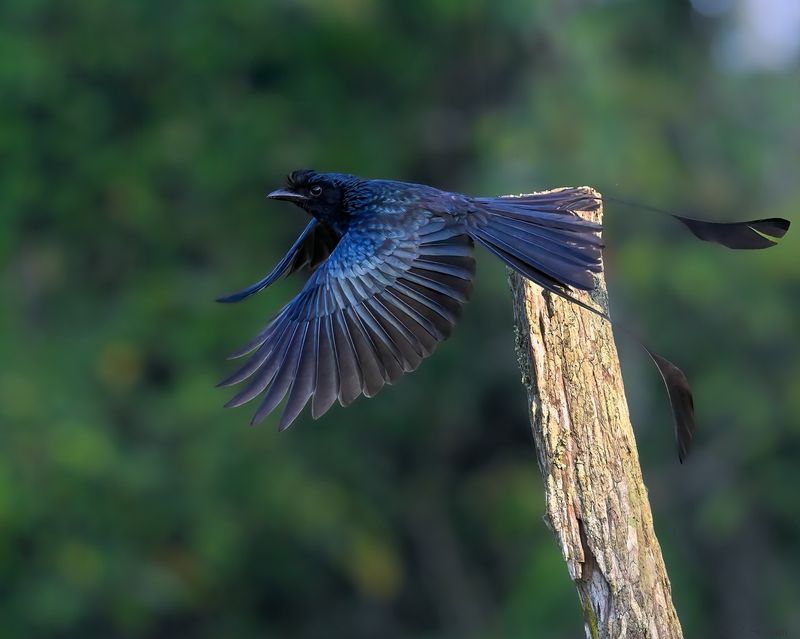
This bird is a true mimic master of the Asian forests. It imitates alarm calls and songs of other birds—often to steal food by causing confusion. Its mimicry is both impressive and mischievous.
17. Blue Jay
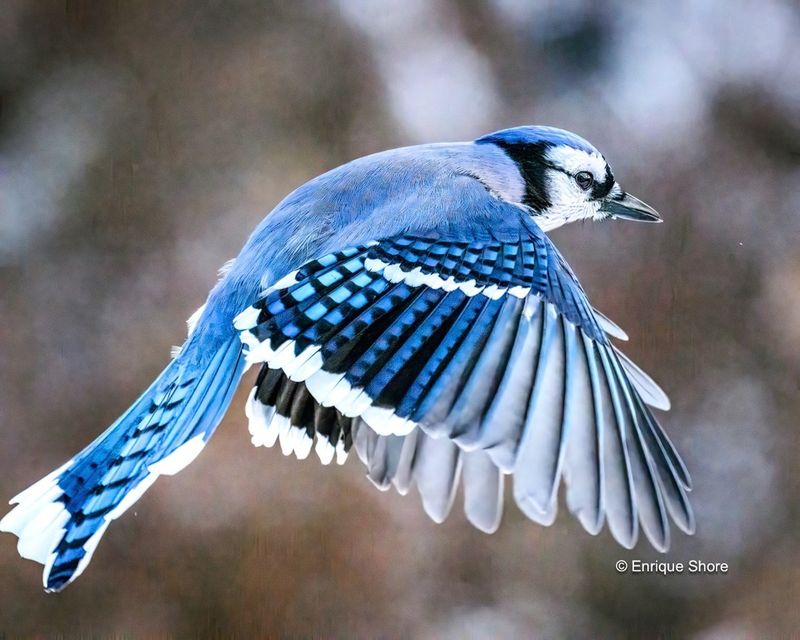
Blue Jays are notorious for mimicking hawk calls to scare off competitors or predators.
Their intelligence and social nature add to their vocal variety. Don’t be surprised if you hear one impersonating something it shouldn’t.
18. Rose-ringed Parakeet
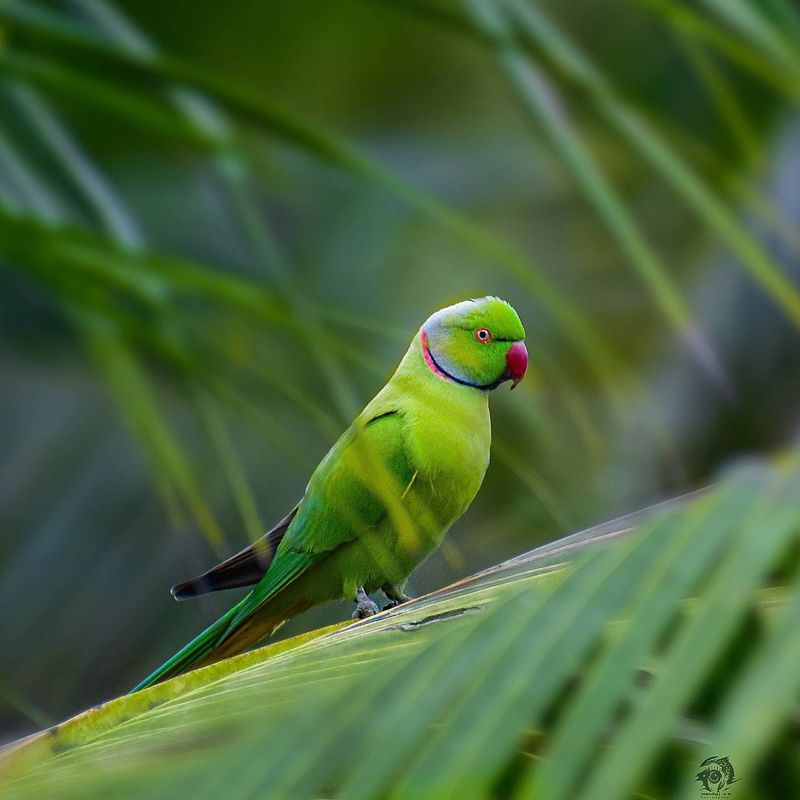
These tropical parakeets are quick learners, capable of mimicking speech and surrounding sounds. Their clear, melodic voice has made them popular around the world. They’re as talkative as they are colorful.


